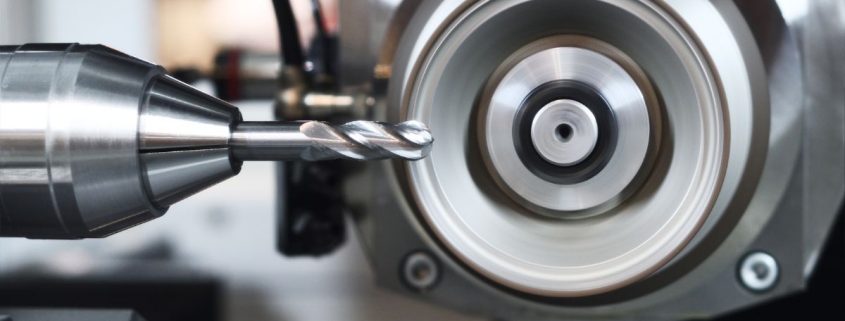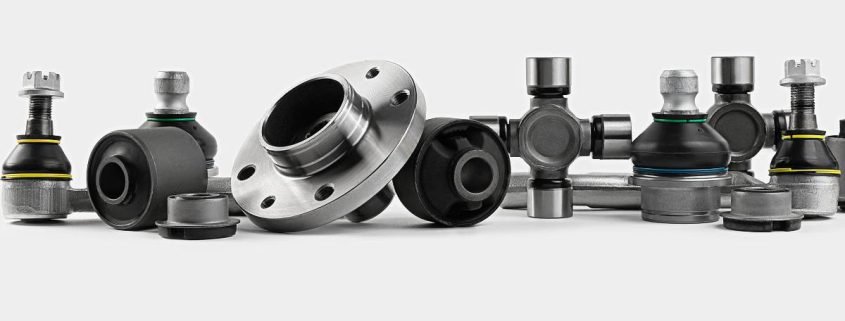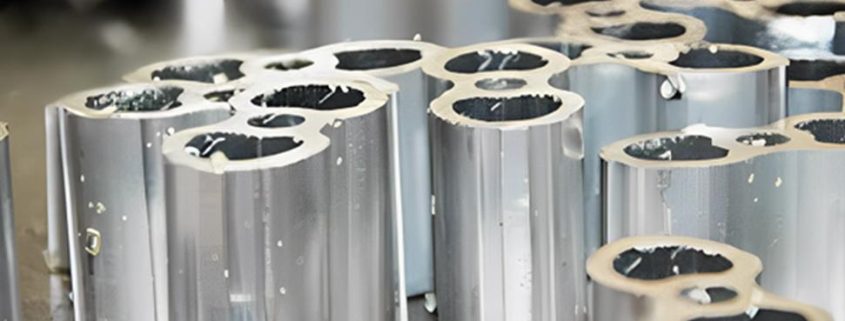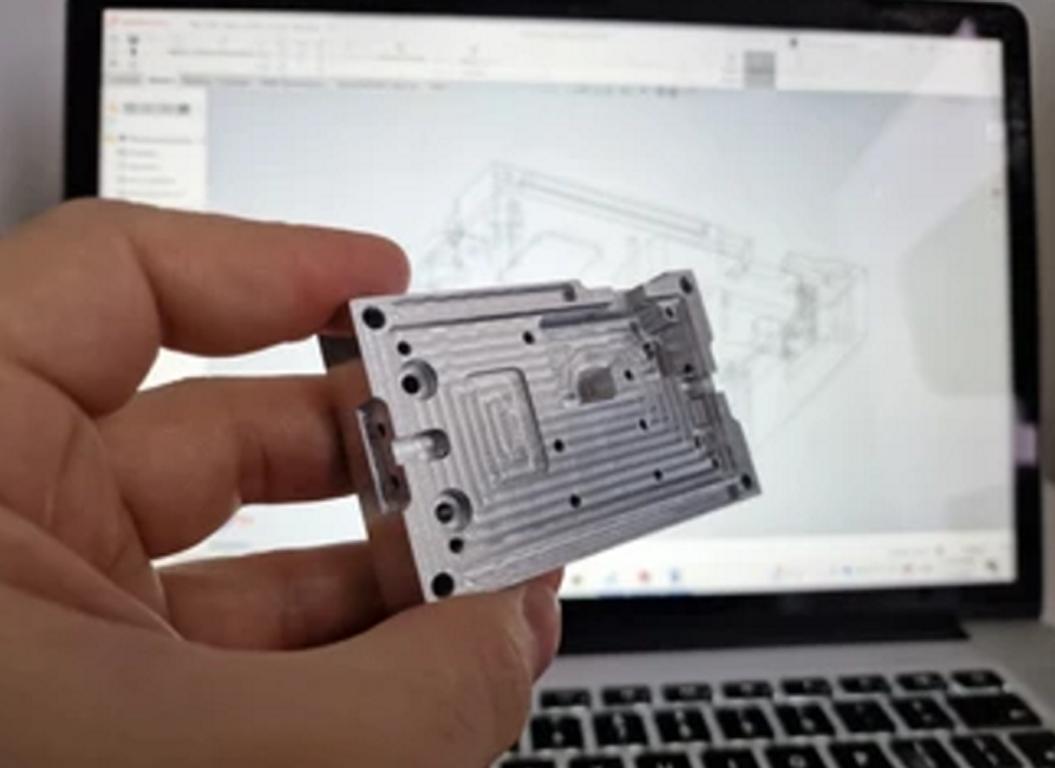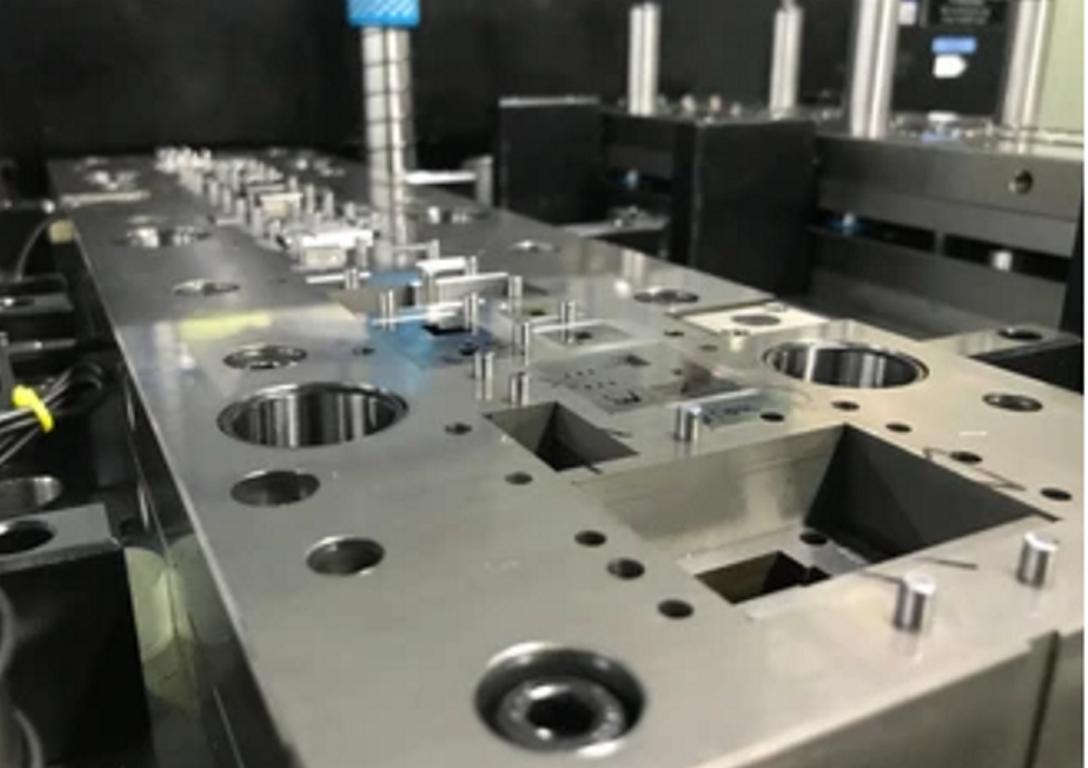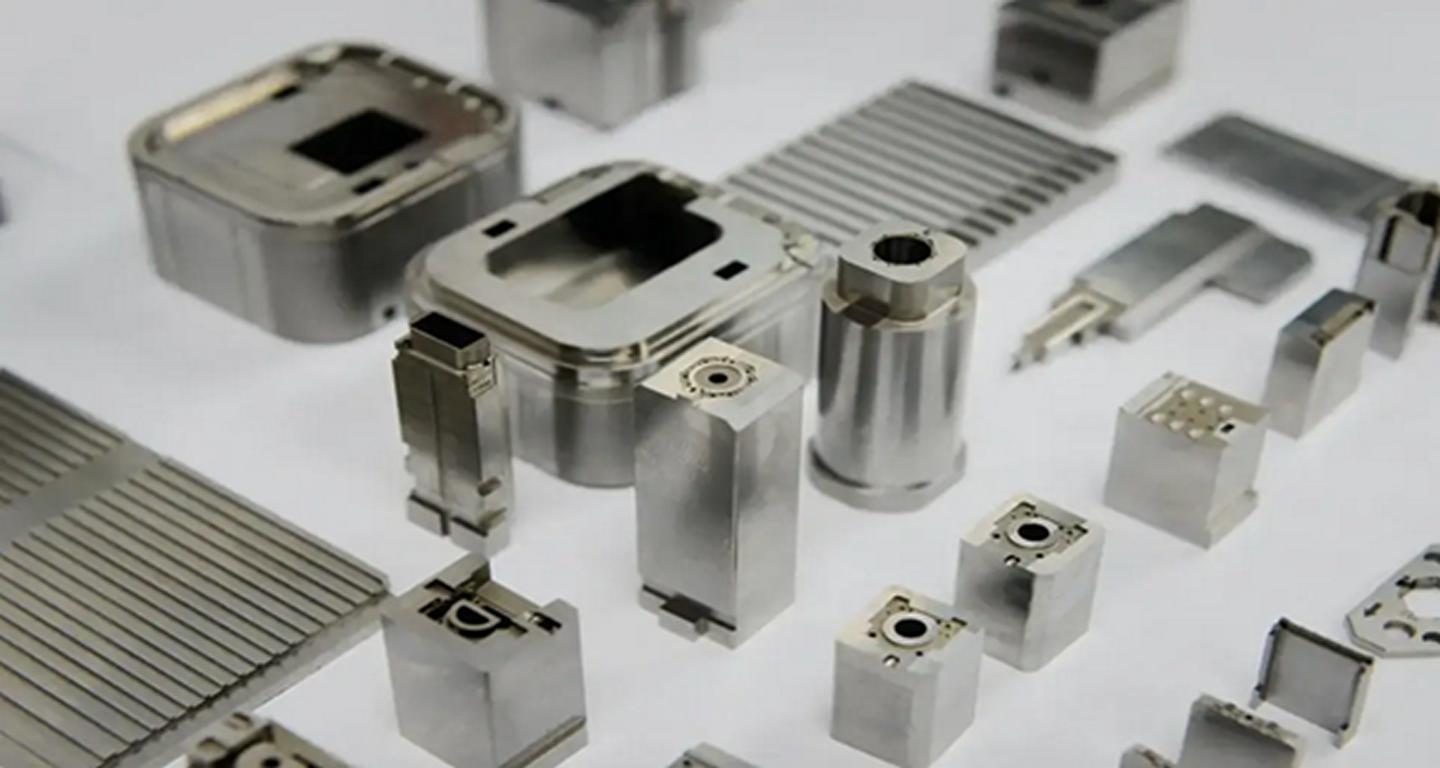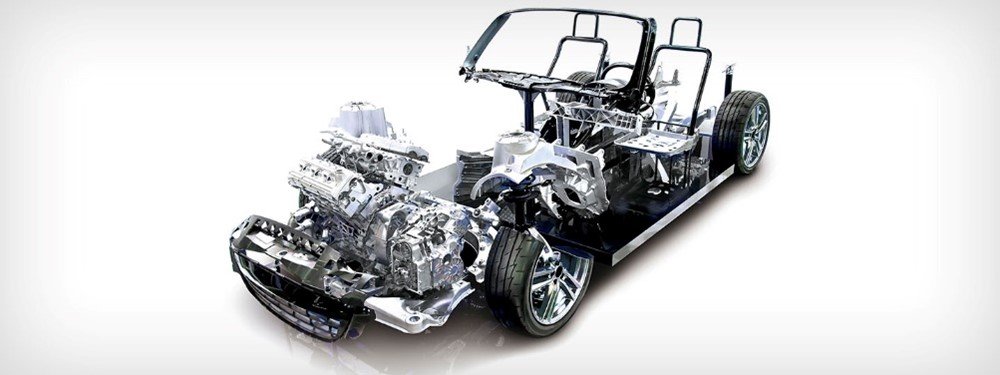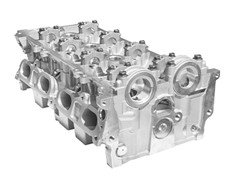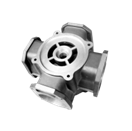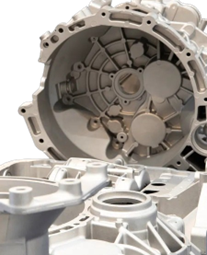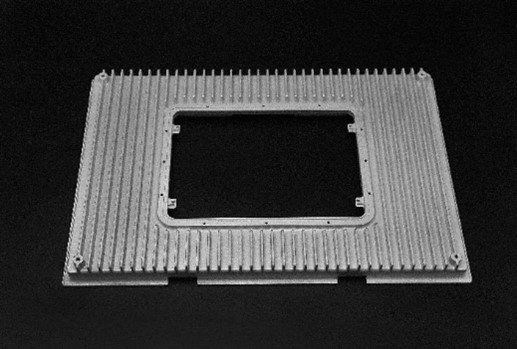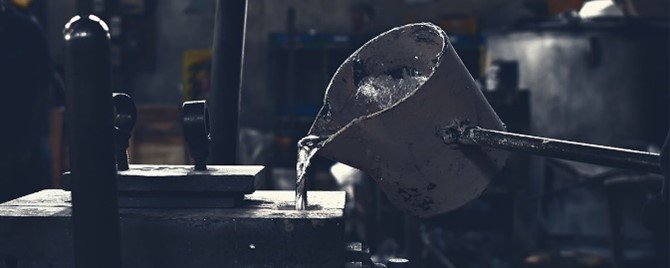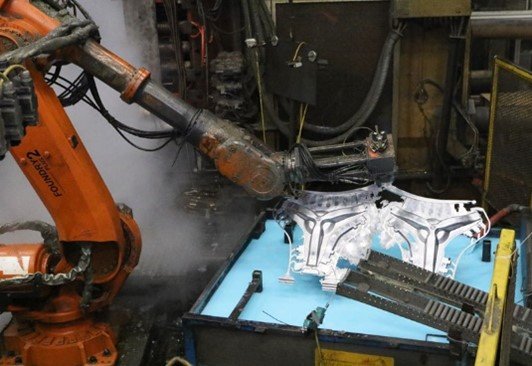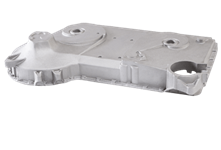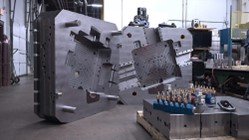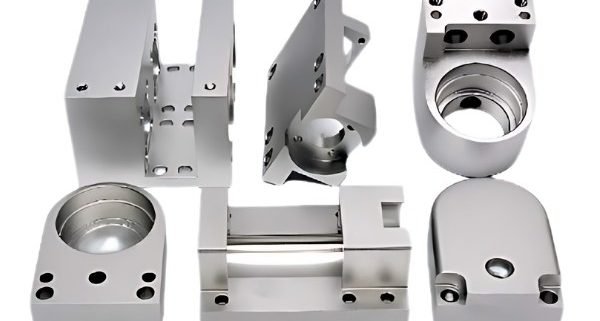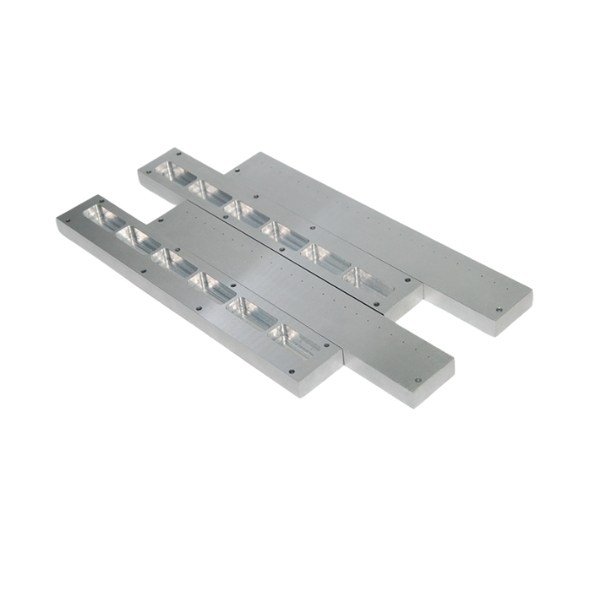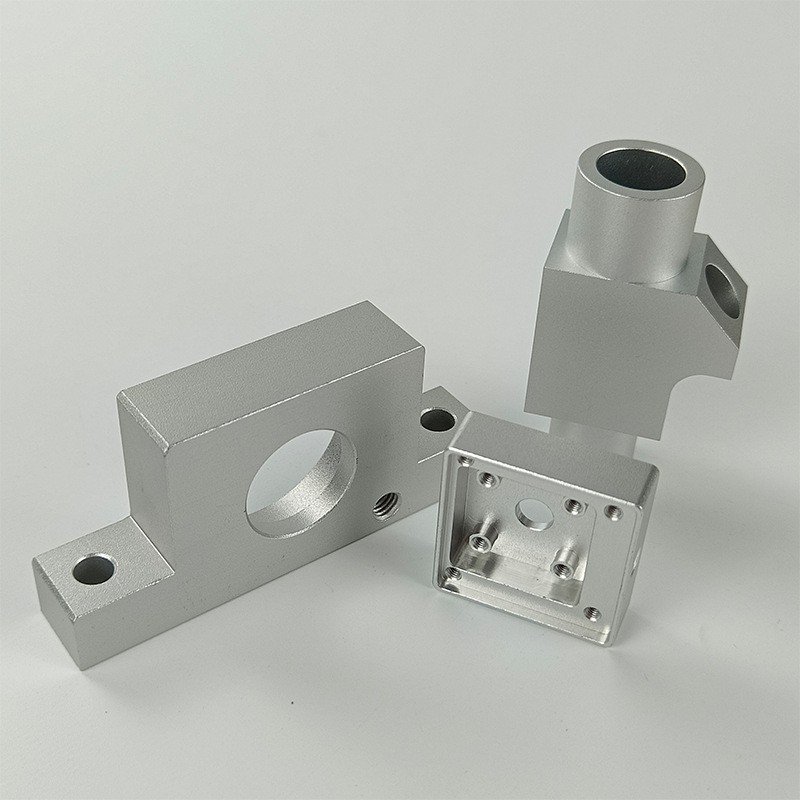Aluminum Polishing is a process that makes aluminum look shiny and new. There are two main ways to polish aluminum: mechanical polishing and chemical polishing. Both methods can be done by hand or with machines. Aluminum polishing is often used in automotive and aerospace factories.
This guide will teach you how to turn dull aluminum into a mirror-like finish. We’ll cover surface prep, tools, and techniques. Get ready to make your aluminum shine.
Importance of Surface Preparation
The surface preparation of items results in flawless aluminum polish. Skipping this step is not beneficial. Because it may result in uneven, dull, or inconsistent finishes. Discover key factors, why they matter, and how to do it right.
Why Surface Preparation is important
- Ensures a Smooth Finish
- Prevents Damage
- Enhances Effectiveness
Ensures a Smooth Finish
Proper preparation removes contaminants and imperfections. This step helps achieve a mirror-like shine.
Prevents Damage
Properly preparing the surface prevents further damage during polishing. It avoids scratching and maintains the aluminum’s integrity.
Enhances Effectiveness
A clean, well-prepared surface allows aluminum polishing compounds to work efficiently. It ensures even application and better results.
Impact of Poor Preparation
- Uneven Finish
- Increased Effort
- Reduced Longevity
Uneven Finish
Dust, grime, or old coatings can create a blotchy appearance. This uneven surface leads to a lackluster shine.
Increased Effort
Inadequate preparation forces you to work harder during the polishing stage. That can result in an inconsistent finish.
Reduced Longevity
The polish may only last briefly with proper cleaning and sanding. Preparation can prevent the finish from degrading faster.
Preparation Before Aluminum Polishing
Getting ready before polishing is crucial for the best results. Follow these steps to prepare your aluminum surface.
Tools and Materials Required
- Cleaners
- Sandpapers
- Scouring Pads
- Cleaning Rags
- Metal Polish
- Microfiber Cloths
- Buckets and Clean Water
Cleaners
Use degreasing cleaners to remove grease and dirt. It ensures no contaminants impact the polishing process.
Sandpapers
Smooth the surfaces of parts using different grits of sandpaper. They will help you effectively remove scratches and old coatings.
Sanding Blocks
Sanding blocks or pads help achieve an even sanding pressure. They ensure a uniform surface by conforming to the shape of the aluminum.
Scouring Pads
Use non-metallic pads for oxidation and corrosion. They are effective for preparing larger, flat areas.
Cleaning Rags
Use lint-free rags to wipe down the surface and remove any remaining residues after cleaning and sanding.
Metal Polish
The metal polish is also technically part of the polishing stage. It is used to check the surface condition during preparation.
Microfiber Cloths
Microfiber will not scratch the aluminum surface. Soft and practical, these clothes work best for cleaning and drying.
Buckets and Clean Water
Fill a bucket with clean water for rinsing. Use fresh water to avoid reapplying dirt to the surface.
Surface Inspection
- Check for Imperfections
- Identify Problem Areas
- Test the Surface
Check for Imperfections
Check the surface for dents, scratches, or areas of oxidation. Use a bright light to see minor imperfections.
Identify Problem Areas
Mark any imperfections that need attention. Plan to sand or clean these areas more thoroughly.
Test the Surface
Run your hand over the aluminum. Check for any rough surfaces or raised areas that need extra work.
Types of Aluminum Polishes
Choosing the suitable aluminum polish is essential to getting the right finish. Below is an overview of various types of polishes.
Cream Polishes
Cream polishes are thick and easy to apply. They provide a deep shine and are ideal for small areas. Use them to remove minor scratches and oxidation.
Liquid Polishes
Liquid polishes are versatile and quick to apply. They cover large surfaces well and dry fast. Choose liquid polishes for regular maintenance and a glossy finish.
Paste Polishes
Paste polishes are dense and long-lasting. They offer superior shine and protection. Apply them for heavy-duty polishing on stubborn tarnish.
Spray Polishes
Spray polishes are convenient and fast. They reach tight spots easily and leave a smooth, even coat. You can use sprays for minor adjustments and hard-to-reach areas.
Polishing Waxes
Polishing waxes combine polishing and protection. They provide a durable shine and a protective layer. Apply them for a lasting finish that resists dirt and moisture.
Metal Polishing Kits
Metal polishing kits include all the essentials for a complete polishing process. They offer a combination of tools and polishes for different needs. Use kits for comprehensive care and achieving a professional-grade finish.
Choosing the Right Polish
Selecting the appropriate polish depends on your specific application. Here’s a comparison to help you choose:
| Types of Polish | Best Use | Application Method | Pros | Cons |
| Cream Polishes | Heavy oxidation and deep cleaning | Use a cloth or pad to apply. | Long-lasting shine, deep clean | It requires more effort to buff out |
| Liquid Polishes | Regular maintenance | Apply it with a soft cloth. | Easy to apply, quick results | It may require frequent application. |
| Paste Polishes | Tough stains and oxidation | Apply using a pad or brush. | Strong cleaning power | It can be abrasive and more challenging to work with. |
| Spray Polishes | Large surfaces, quick touch-ups | Spray directly and wipe. | Fast application, even coverage | It provides a lighter finish. |
| Polishing Waxes | Protection and shine | Apply with a cloth or pad. | Polishes and protects in one step | It may not remove heavy oxidation. |
| Metal polishing kits | Comprehensive polishing | Follow the kit Instructions. | All-in-one solution, versatile | It is more expensive and requires multiple steps. |
Commercial vs. Homemade Polishes
| Factor | Commercial Polishes | Homemade Polishes |
| Ingredients | Specially formulated for specific results | Made from household items like baking soda, vinegar, or lemon juice |
| Ease of Use | Ready-to-use, consistent results | Requires preparation, and results may vary. |
| Cost | It can be expensive but often highly effective. | Usually cheaper and more cost-effective for small tasks |
| Performance | Designed for maximum shine and protection | It works well for minor cleaning but only lasts for a short time. |
| Availability | Widely available in stores and online. | It requires making or mixing at home. |
| Environmental Impact | Some may contain harsh chemicals. | Usually made from eco-friendly, natural components |
| Versatility | There is an extensive choice of products for various needs. | Limited to basic cleaning and polishing tasks |
| Safety | It may require gloves and ventilation. | Generally safer, using common household ingredients |
| Storage and Shelf Life | Long shelf life, convenient packaging | It may have a shorter shelf life and require proper storage. |
Step-by-Step Polishing Process
Polishing aluminum parts includes numerous steps to get a mirror-shine finish. Follow this process for the best results.
- Step 1: Initial Sanding
- Step 2: Applying Polish
- Step 3: Buffing
- Step 4: Final Touches
Step 1: Initial Sanding
The importance of sanding
Sanding removes imperfections. The polish won’t stick well without sanding. It prepares the aluminum for polishing.
Choosing the Right Grit Size
Select coarse grit 400 to begin the process. Then, move to finer grits (800 and 1200). A smoother surface results in a better polish.
Step 2: Applying Polish
Techniques for Applying Polish
Apply the polish in small amounts. Spread it out using a soft cloth or applicator.
Circular Motion and Pressure Application
Use circular motions and apply consistent pressure. It helps work the polish into the metal. Avoid pressing too hard to prevent scratches.
Step 3: Buffing
Role of Buffing Wheels and Compounds
Buffing adds shine. Use a buffing wheel with a suitable compound for aluminum. The compound smooths the surface and enhances the gloss.
Hand Polishing vs. Machine Polishing:
Hand polishing gives you more control. This process is better for small areas or detailed work. However, it takes more time and effort.
Machine polishing works faster and is suitable for large surfaces. It provides a uniform finish but requires careful handling.
Step 4: Final Touches
Wiping Down the Surface
Wipe the aluminum with a clean microfiber cloth. This removes leftover polish.
Ensuring a Mirror-Like Finish
Check the surface under good light. Apply a final polish if needed. Buff again to achieve a reflective, mirror-like finish.
The Most Common Mistakes to Avoid in Polishing Aluminum
The technique of polishing aluminum often requires help. Several stages are crucial in this process to protect your work. Avoid these frequent mistakes to get the desired results.
Over-polishing
Over-polishing can damage the aluminum surface. It may remove too much material, leaving it thin and weak. Always polish with care. Stop when the surface is smooth and shiny.
Using the Wrong Type of Polish
Not all polishes work on every aluminum alloy. Using the wrong type can cause dullness or even damage. Choose a polish that matches your specific aluminum alloy.
Skipping the Sanding Step
Sanding is crucial to remove imperfections. It prepares the surface for polishing. Avoiding this phase may result in a poor finish. Remember to sand before you polish.
Maintaining Polished Aluminum
Regular care is required to polish the aluminum parts. Here, we have mentioned a few tips.
Regular Cleaning
- Routine
- Frequency
Routine
Clean your aluminum regularly. Use a simple mixture of cleanser and a soft cloth. This step prevents dirt and grime from dulling the shine. Regular cleaning keeps the aluminum looking fresh and bright.
Frequency
Clean the aluminum at least once a week. Increase frequency if the aluminum is exposed to harsh environments or heavy use.
Using Protective Coatings
- Protection
- Reapplication
Protection
Apply a protective coating after polishing. Use wax or a sealant made of aluminum. This adds a barrier against oxidation, dirt, and scratches. It helps preserve the polished surface longer.
Reapplication
Reapply the coating every few months. It keeps the protection strong and the surface looking its best.
Handling Re-polishing
- When to Re-polish
- How to Re-polish
When to Re-polish
Re-polish when the surface starts to lose its shine. This can happen over time, especially in exposed areas.
How to Re-polish
Clean the surface first. Apply polish using the same techniques as before. Buff the surface to restore its shine. Re-polishing is less intense than the initial polishing but keeps the aluminum looking new.
Specialized Polishing Techniques
Some aluminum surfaces need special care. Use these techniques for different types of aluminum.
Anodized Aluminum
A layer of protection is present in aluminum with anodizing. Harsh abrasives can damage the coating. Use a mild polish designed for anodized surfaces. Clean gently to preserve the anodized finish.
Restoring Aged Aluminum
Metal that has aged shows signs of oxidation and wear. Clean the surface properly to remove dirt. Use a heavier-grit sandpaper to remove oxidation. Follow up with a suitable polish. Buff the outer layer to restore its original shine. Repeated polishing may be needed for heavily aged surfaces.
Polishing Aluminum Wheels and Automotive Parts
Aluminum wheels and automotive parts require specific care. Clean the parts thoroughly to remove brake dust and grime. Use a polish designed for automotive aluminum. Apply using a soft cloth, employing a circular motion. Buff the parts to a high gloss. Regular polishing keeps these parts looking sharp and prevents corrosion.
Conclusion
Polishing aluminum is essential for an excellent finish. It creates a bright, shiny look and helps the metal last longer. Carefully follow the instructions to get the best outcomes. Regular cleaning and maintenance keep it looking new. Protect the polished finish with coatings and re-polish as needed. Proper care will maintain the beauty and extend the life of your aluminum.
CNM TECH Die Casting provides best aluminum polishing, and die cast polishing services. Along with it, you can also get aluminum die casting parts in bulk, icheck to know more about what is alumium polishing, if you have any aluminum casting that need polishing or any other surface finish, welcome to contact us.

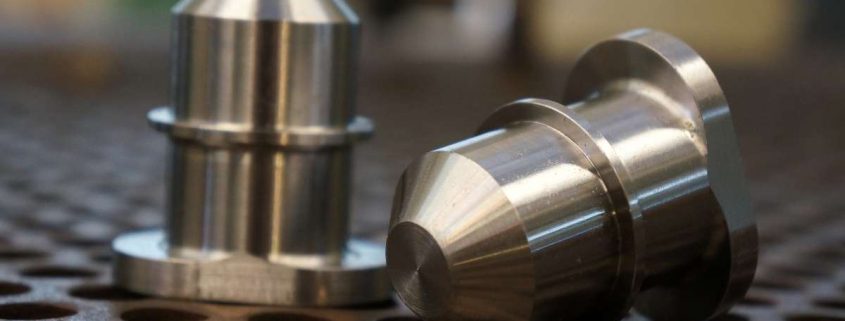


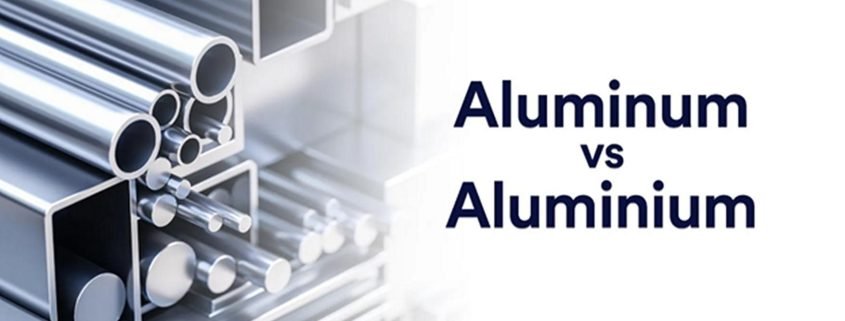
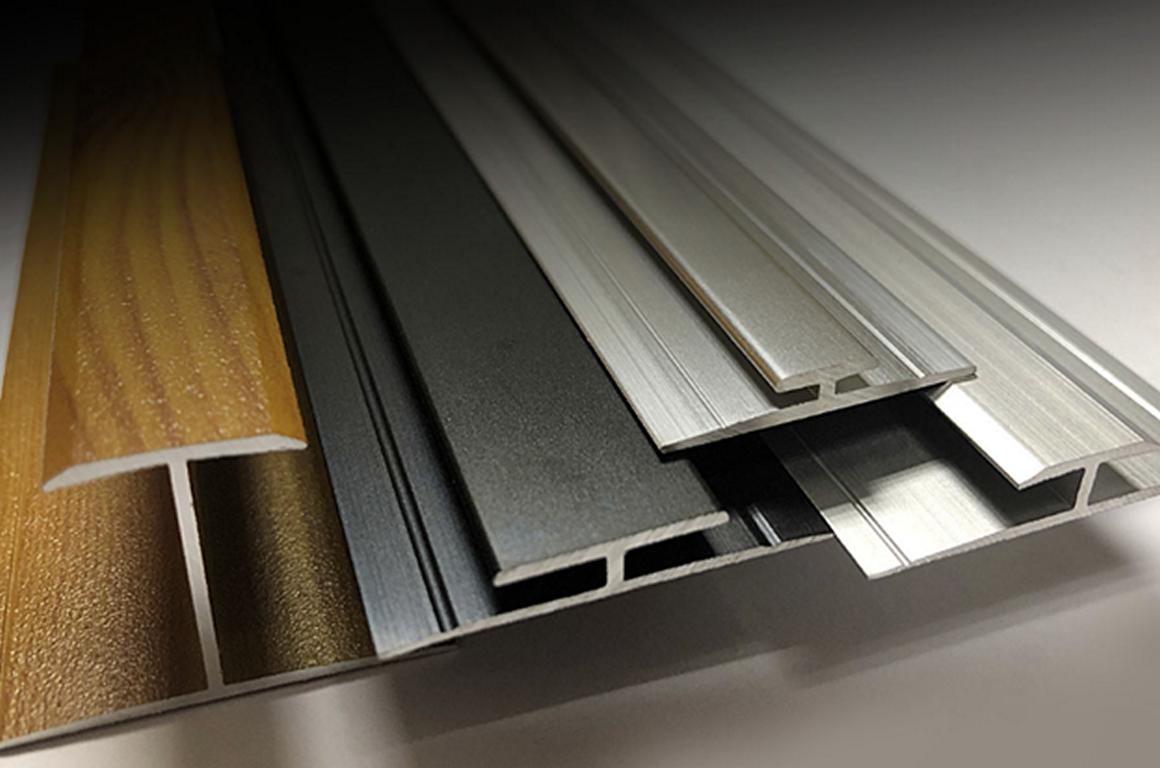
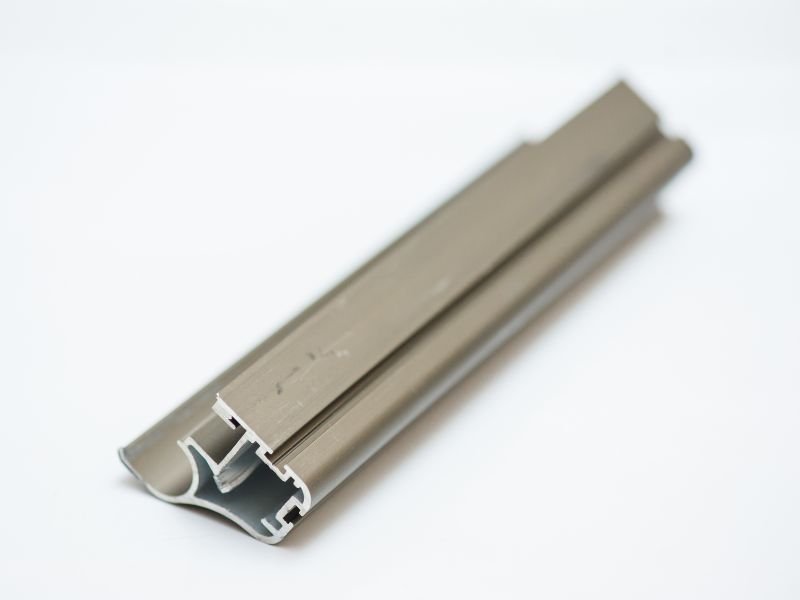 ned Aluminum Extrusion Uses
ned Aluminum Extrusion Uses
